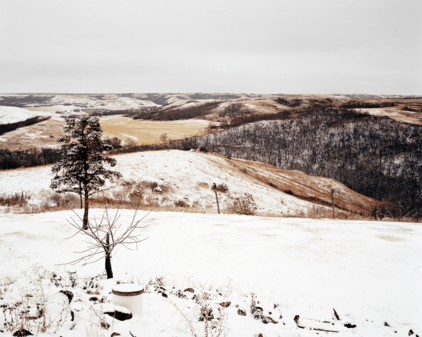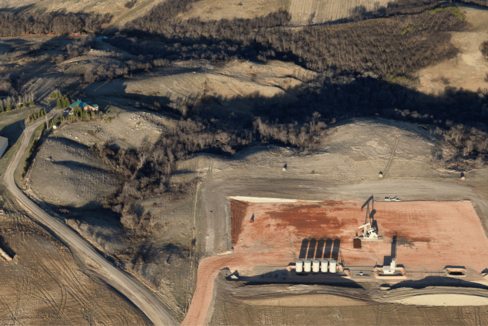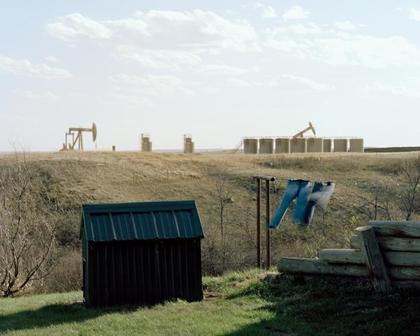Chicago photographer, Terry Evans, has photographed the prairies and plains for forty years.
She is searching to photograph how people and land and land use affect each other.
0


Chicago photographer, Terry Evans, has photographed the prairies and plains for forty years.
She is searching to photograph how people and land and land use affect each other.

Journalist Elizabeth Farnsworth reads from her blog associated with the project "Fractured: North Dakota"s Oil Boom" with Terry Evans for the Center for Art & Enviroment at the Nevada Art Museum.
Photo by Terry Evans

Sarah Christianson photographs the land surrrounding her 4th generation family farm north of Fargo, ND, and her family's homestead land in Western North Dakota.
She grew up in North Dakota, and currently lives in San Francisco.

Journalist Elizabeth Farnsworth reads from her blog associated with the project "Fractured: North Dakota"s Oil Boom" with Terry Evans for the Center for Art & Enviroment at the Nevada Art Museum.
Photo by Sarah Christianson

Hydraulic Fracturing (or fracking) uses high-pressure liquids to release oil and natural gas from underground rocks
Wells are drilled up to 10,000 feet deep and are sealed with steel casings to protect groundwater and help stop gas leaks.
3 to 5 million gallons of water, combined with sand and chemicals, are pumped into the wells to create fractures in the rock and release the oil or gas, which then flows to the surface.
In December 2014, the oil and gas industry extracted a record 1.23 million barrels a day from drilling in the Bakken Formation in North Dakota.
The industry contributed $333.8 million to the state's economy in 2014, dropping to less than $100 million in 2016.
Sources: Columbia University Earth Institute,
U.S. News and World Report,
North Dakota Office of State Tax Commissioner